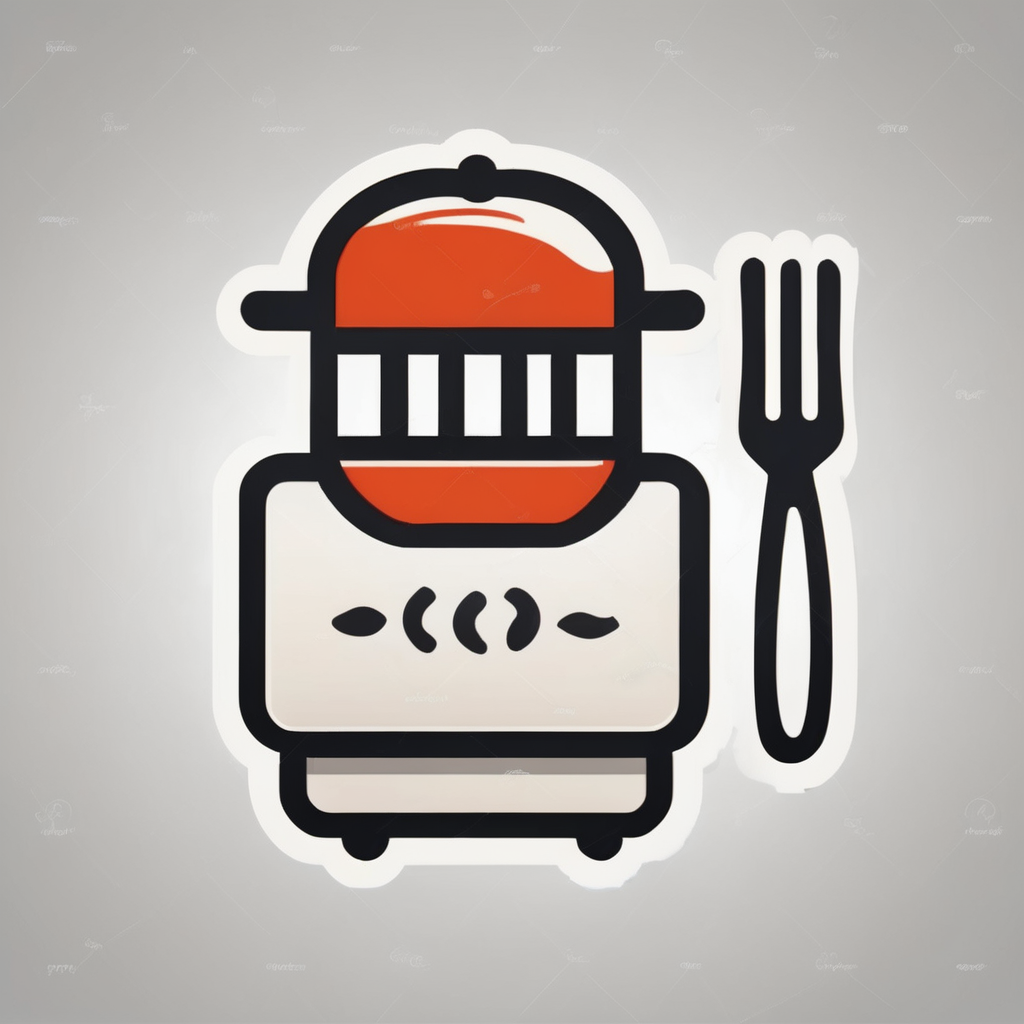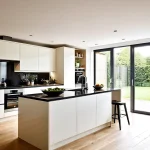Key factors driving the affordability of British kitchens
Affordability in British kitchens is influenced by multiple key factors. One primary driver is changes in market trends UK kitchens that emphasize cost-efficiency without sacrificing quality. Manufacturers increasingly adopt streamlined production techniques and source materials more economically, allowing them to offer cheaper British kitchens while maintaining design standards.
Consumer behaviour also plays a crucial role. As homeowners seek value-driven renovations, demand shifts towards budget-friendly options that still respond to style preferences and functionality. This shift encourages suppliers to expand affordable ranges and offer flexible packages tailored to diverse financial plans.
This might interest you : Where can you find the best UK kitchen package deals?
Another significant factor is the competitive landscape. Retailers and manufacturers compete by providing transparent pricing, enhanced warranties, and package deals, further lowering the overall cost for the buyer. Additionally, increased market awareness about cost-saving renovation strategies drives consumers to make informed decisions, focusing on kitchens that balance price and performance.
Together, these factors create a dynamic environment where British kitchen affordability is improving continuously. Understanding these market influences helps buyers find quality kitchens that meet budgets without compromising on style or durability.
This might interest you : What are the most effective ways to compare UK kitchen product prices?
The role of competition and market saturation
In the UK kitchen market, competition has intensified significantly due to the increased number of kitchen retailers. This surge has led to notable kitchen retailer price wars, where brands aggressively lower prices to attract customers. Such a competitive environment puts pressure on retailers to adopt various promotional strategies, often resulting in sharp price reductions.
For instance, many kitchen retailers engage in seasonal sales, bundling offers, or limited-time discounts to stand out. These tactics aim to capture market share but also contribute to deeper market saturation within the kitchen industry. As a consequence, customers benefit from more affordable options but may face challenges in differentiating between various offers.
Moreover, the saturation within the UK kitchen market forces smaller or less-established retailers to compete not only on price but also on service and quality. This dynamic shapes the overall market by encouraging innovation in product offerings and marketing approaches.
Understanding the impact of kitchen retailer price wars and market saturation is crucial for consumers seeking value while navigating a crowded, competitive landscape. It also highlights the strategic maneuvers retailers employ to secure their position amid fierce rivalry.
Influence of mass production and supply chain optimisation
The transformation from bespoke to mass production British kitchens has fundamentally reshaped the kitchen industry. Standardised designs now dominate, allowing manufacturers to produce kitchens faster and at lower costs. This shift supports consistent quality and simplifies installation for consumers. Instead of custom orders that took weeks or months, many buyers can select from a range of ready-made kitchen units.
Key to this evolution is the advancement in the kitchen supply chain UK, which has become increasingly streamlined and efficient. By coordinating suppliers, manufacturers, and distributors more closely, delays are minimised, and stock management improves. This optimisation not only reduces wastage but also shortens the lead times from order to delivery.
Efficient manufacturing practices, such as just-in-time production and automation, further cut costs and speed up processes. Factories can now adjust output in near real-time based on demand, avoiding overproduction or shortages. These improvements directly benefit customers by lowering prices and speeding up installation schedules for new kitchens.
Overall, mass production coupled with a well-optimised kitchen supply chain UK offers a more accessible, affordable, and timely solution for homeowners seeking modern British kitchens.
Evolution of material sourcing and sustainable alternatives
Material sourcing in the kitchen material supply UK sector has undergone a significant transformation. Today, suppliers emphasize affordable materials that maintain durability without compromising quality. This shift is driven not only by cost concerns but by increasing demand for sustainable kitchen options.
Globally, sourcing practices now prioritize sustainability. Manufacturers explore responsible supply chains—balancing environmental impact and accessibility to raw materials. For example, reclaimed wood and recycled metals are popular choices, offering both aesthetic appeal and eco-friendliness. Such materials contribute to reducing waste while providing cost-effective alternatives.
Emerging trends highlight the rise of recycled and eco-friendly kitchen components. Innovations include bioplastics and composite panels made from agricultural by-products, aligning with sustainability goals. These advances allow homeowners to select kitchen materials that are lighter on the planet yet sturdy and long-lasting.
The push for environmental responsibility encourages suppliers and consumers to rethink traditional materials. By integrating affordable, durable, and sustainable materials, the kitchen material supply UK market is leading the way towards greener, more accessible kitchen design.
Impact of technological advancements in kitchen design and manufacturing
Technology has revolutionized how kitchens are designed and produced in the UK. Digital design kitchens empower designers and customers to visualize custom layouts with precision. This integration of digital tools allows for faster modifications and ensures that every detail matches client specifications, reducing costly errors.
In kitchen manufacturing automation, machines now handle repetitive tasks with high accuracy. Automation streamlines processes like cutting, assembling, and finishing, significantly accelerating production times. By minimizing human error and labor-intensive operations, manufacturers reduce costs while maintaining high quality.
The combination of kitchen technology UK advancements in digital design and automation not only optimizes workflow but also makes custom kitchens more affordable. Customers benefit from shorter lead times and competitive pricing without compromising on craftsmanship. Overall, these technologies create a seamless bridge from concept to installation, enhancing satisfaction for both professionals and end users.
Shifting design preferences and consumer expectations
In recent years, kitchen design trends in the UK have moved decisively towards minimalist kitchens that emphasise clean lines and functional spaces. Consumers increasingly prefer simplicity over ornate details, seeking environments that feel open and uncluttered. This shift highlights a desire for kitchens that not only look modern but also provide efficient workflows.
Modular and flat-pack kitchens have surged in popularity due to their flexible configurations and relative ease of installation. Many homeowners appreciate how these options allow for customization without skyrocketing costs, aligning well with the broader trend of affordable, yet stylish, kitchen solutions. The flat-pack format also supports fast delivery and reduces waiting times, addressing practical consumer needs.
Affordability and practicality remain at the core of consumer kitchen preferences. Rather than extravagant designs, people want durable materials and layouts that accommodate daily life with minimal fuss. The focus is on making kitchens user-friendly, easy to maintain, and adaptable to changing family dynamics. This combination of minimalist design with functional pragmatism defines the current landscape of kitchen design trends in the UK.
Comparing historic and current kitchen prices
Understanding historic kitchen prices UK reveals clear trends in affordability and market shifts. Over the past two decades, data show that kitchen costs have generally risen, influenced by factors like material quality, design complexity, and inflation. For example, British kitchen cost comparison from the early 2000s to today highlights an increase of roughly 30% in average spend on bespoke kitchen units.
Experts emphasize that while prices have increased, greater variety and technological innovations have improved overall value. Leading UK kitchen retailers note that although initial outlays are higher, durable materials and integrated smart features offer better long-term investment. According to one industry specialist, “Consumers now pay more upfront but gain efficiency and style that last longer, balancing the price hike.”
Recent kitchen pricing statistics also illustrate a shift in consumer preference toward fully fitted kitchens, which command higher prices but provide extra convenience. Moreover, fluctuations in raw material costs and supply chain challenges have caused spikes in recent years, impacting affordability. Despite these challenges, the market remains competitive, with more options available across different budgets.
By closely analyzing historic data against current prices, it becomes evident that while kitchen costs in the UK have climbed, the value and functional benefits justify much of this increase.


